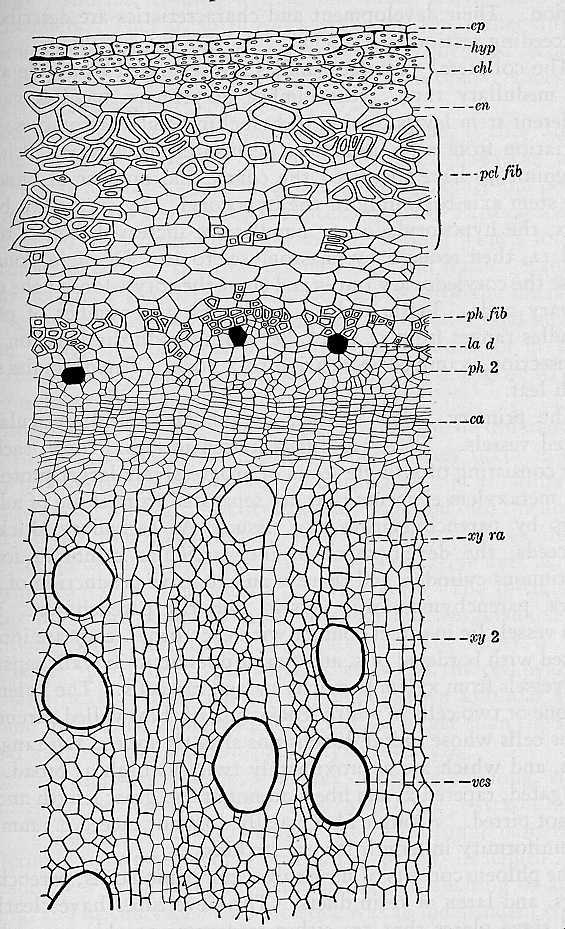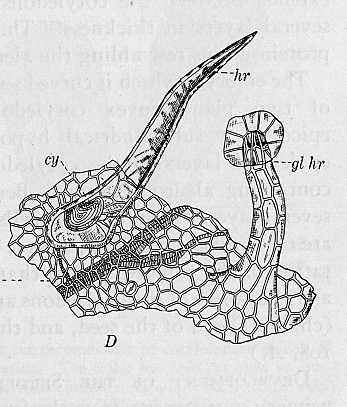 Hemp is the industrial form of the Cannabis plant. Marijuana and Hemp are both types of Cannabis, but different in their fiber length, seed production, THC content and many other difference unique to each strain. The industrial form of cannabis is commonly referred generically as “hemp”. You would need a telephone sized joint of industrial hemp to get the same amount of THC in a typical joint of medical marijuana.
Hemp is the industrial form of the Cannabis plant. Marijuana and Hemp are both types of Cannabis, but different in their fiber length, seed production, THC content and many other difference unique to each strain. The industrial form of cannabis is commonly referred generically as “hemp”. You would need a telephone sized joint of industrial hemp to get the same amount of THC in a typical joint of medical marijuana.
Hemp is now grown commercially in 31 different countries, including England, France, Spain, Canada and Australia. Hemp is legally recognized as a natural resource by the United Nations Single Convention on Narcotic Drugs, the North American Free Trade Agreement (NAFTA) and the General Agreement on Tariffs and Trade (GATT). However, the U.S. is the only industrialized country in the world that still prohibits the growth of industrial Hemp.
Hemp offers a solution to the impending ecological disaster with a return to a plant-based economy, where fuel comes from agricultural hemp biomass, clothes come from eco-friendly hemp strands, food and oils from the highly nutritious hemp seed, paints and lubricants from hemp seed oil, and superior paper products are made from renewable hemp. The hemp revolution will restore sustainable local agricultural communities, taking away profits from politically powerful oil, chemical and pharmaceutical companies, and preventing costly wars, toxic pollution. and economic uncertainty.
Sales of Hemp Products Worldwide
 With hundreds of food products, such as seeds, cereal, breads, candy bars, protein powders, flours, and hemp milk, just to name a few, industrial hemp is being grown, processed, and distributed all over the world. In addition, hemp fiber, oil, seeds, and textiles are being utilized in a plethora of applications, including: apparel, building materials, surfboards, mountain bike frames, guitar cabinets, skateboards, lubricating oils, body care products, and nutritional supplements, among thousands of others.
With hundreds of food products, such as seeds, cereal, breads, candy bars, protein powders, flours, and hemp milk, just to name a few, industrial hemp is being grown, processed, and distributed all over the world. In addition, hemp fiber, oil, seeds, and textiles are being utilized in a plethora of applications, including: apparel, building materials, surfboards, mountain bike frames, guitar cabinets, skateboards, lubricating oils, body care products, and nutritional supplements, among thousands of others.
Straight from Wikipedia
Hemp (from Old English hænep) is a commonly used term for high-growing varieties of the Cannabis plant and its products, which include fiber, oil, and seed. Hemp is refined into products such as hemp seed foods, hemp oil, wax, resin, rope, cloth, pulp, paper, and fuel.
Other variants of the herb Cannabis sativa are widely used as a drug, commonly known as marijuana. These variants are typically low-growing and have higher content of tetrahydrocannabinol (THC). The legality of Cannabis varies widely from country to country, and from state to state in the United States. In many countries regulatory limits for concentrations of psychoactive drug compounds, particularly THC, in hemp require the use of strains of the plant which are bred for low content.
Uses
Hemp is used for many varieties of products including the manufacture of cordage of varying tensile strength, durable clothing and nutritional products. The bast fibers can be used in 100% hemp products, but are commonly blended with other organic fibers such as flax, cotton or silk, for apparel and furnishings, most commonly at a 55%/45% hemp/cotton blend. The inner two fibers of hemp are more woody and are more often used in non-woven items and other industrial applications, such as mulch, animal bedding and litter. The oil from the fruits (“seeds”) oxidizes (commonly, though inaccurately, called “drying”) to become solid on exposure to air, similar to linseed oil, and is sometimes used in the manufacture of oil-based paints, in creams as a moisturizing agent, for cooking, and in plastics. Hemp seeds have been used in bird feed mix as well.[2] A survey in 2003 showed that more than 95% of hemp seed sold in the EU was used in animal and bird feed.[3]
In modern times hemp is used for industrial purposes including paper, textiles, clothing, biodegradable plastics, construction (as with Hempcrete and insulation), body products, health food and bio-fuel.
In a new development hemp is being processed relatively inexpensively into electrodes possibly even more efficient than graphene for use in supercapacitors.
Food
Hemp seeds can be eaten raw, ground into a meal, sprouted, made into hemp milk (akin to soy milk), prepared as tea,[5] and used in baking. The fresh leaves can also be consumed in salads. Products include cereals, frozen waffles, hemp milk ice cream, hemp tofu, and nut butters. A few companies produce value added hemp seed items that include the seed oils, whole hemp grain (which is sterilized by law in the United States, where they import it from China and Canada), dehulled hemp seed (the whole seed without the mineral rich outer shell), hemp flour, hemp cake (a by-product of pressing the seed for oil) and hemp protein powder. Even though hemp is marijuana‘s cousin, hemp seeds contain no THC (tetrahydrocannabinol),[citation needed] which is the psychoactive substance in marijuana.
Hemp Market Share
Within the UK, the Department for Environment, Food and Rural Affairs (Defra) has treated hemp as purely a non-food crop. Seed appears on the UK market as a legal food product, and cultivation licenses are available for this purpose. In North America, hemp seed food products are sold, typically in health food stores or through mail order. The United States Department of Agriculture has concluded that “the market potential for hemp seed as a food ingredient is unknown. However, it probably will remain a small market, like those for sesame and poppy seeds.”[6] Since 2007 the commercial success of hemp food products has grown considerably.[7][8]
Nutrition
Approximately 44% of the weight of hemp seed is edible oils, containing about 80% essential fatty acids (EFAs); e.g., linoleic acid, omega-6 (LA, 55%), alpha-linolenic acid, omega-3 (ALA, 22%), in addition to gamma-linolenic acid, omega-6 (GLA, 1–4%) and stearidonic acid, omega-3 (SDA, 0–2%). Proteins (including edestin) are the other major component (33%). Hempseed’s amino acid profile is comparable to other sources of protein such as meat, milk, eggs and soy.[9]
Protein Digestibility Corrected Amino Acid Score values, which measure the degree to which a food for humans is a “complete protein”, were 0.49-0.53 for whole hemp seed, 0.46-0.51 for hemp seed meal, and 0.63-0.66 for dehulled hemp seed.[10] Hemp proteins thus have a PDCAAS equal to or greater than certain grains, nuts, and some legumes. Soy protein, by comparison, has a PDCAAS value of 1.0.
